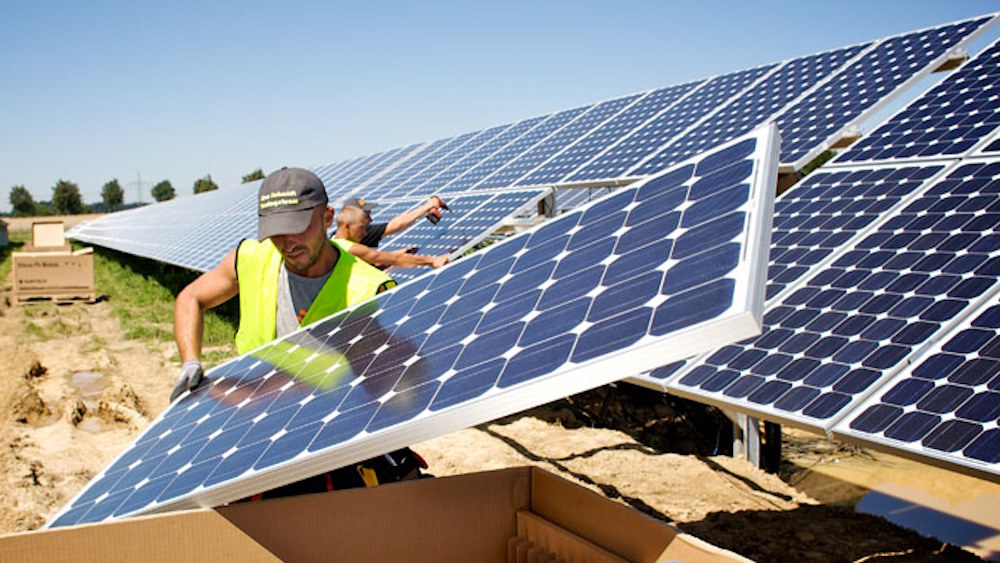Hydroelectric energy stands as a testament to humanity’s ability to harness the raw force of nature for sustainable power generation. It utilizes the gravitational force of flowing water to produce electricity, offering a reliable and renewable energy source with far-reaching benefits.
Understanding Hydroelectric Energy
The Power of Water
Hydroelectric energy relies on the gravitational potential energy of water. Dams or waterfalls control the flow of water, allowing it to spin turbines connected to generators, converting kinetic energy into electricity.
Types of Hydroelectric Systems
There are various types of hydroelectric systems, from large-scale dams and reservoirs to smaller run-of-river setups. Each utilizes the natural flow of water in different ways to generate electricity.
Advantages of Hydroelectric Energy
Renewable and Clean
Hydroelectric power relies on the water cycle, making it a renewable energy source. It produces minimal greenhouse gases, reducing environmental impact compared to fossil fuels.
Reliable and Predictable
Unlike some renewable sources like solar or wind, hydroelectric power is more consistent and predictable since water flow can be controlled to some extent, ensuring a stable power supply.
Multipurpose Benefits
Hydroelectric dams often offer additional benefits beyond electricity generation, including flood control, irrigation, and creating reservoirs for recreation and water supply.
Applications and Utilization
Large-Scale Power Generation
Major hydroelectric plants supply vast amounts of electricity to homes, industries, and cities. They play a crucial role in meeting energy demands in numerous countries worldwide.
Small-Scale Hydroelectricity
Smaller-scale hydroelectric systems, often run-of-river projects, cater to remote communities or individuals seeking localized power generation with minimal environmental impact.
Challenges and Considerations
Environmental Impacts
While clean in operation, large dams can disrupt ecosystems, impact fish migration, and alter river flows, necessitating careful environmental assessments and management.
High Initial Costs and Time
The construction of large hydroelectric projects requires substantial investment and time. The planning, building, and regulatory processes can be lengthy and costly.
The Future of Hydroelectric Energy
Modernization and Efficiency
Continued advancements focus on enhancing efficiency, minimizing environmental impact, and improving fish passage technologies in dams to address ecological concerns.
Integration with Renewable Energy Mix
Hydroelectric power complements other renewable sources, forming a crucial part of a diversified energy portfolio, contributing to stable and sustainable power grids.
Conclusion: Harnessing Nature’s Force for Sustainability
Hydroelectric energy stands as a testament to human ingenuity in utilizing the Earth’s natural resources for power generation. While facing challenges, its reliability, renewable nature, and multifaceted benefits position it as a cornerstone in the global pursuit of clean and sustainable energy solutions. As technology advances and environmental considerations evolve, the synergy between harnessing nature’s power and preserving ecological balance remains pivotal in shaping a brighter, more sustainable energy future for generations to come.

